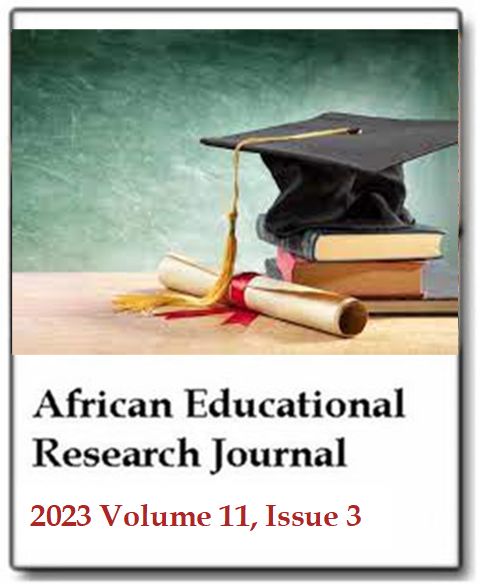How do physical education and sports teachers make decisions and does their self-confidence status vary?
Ender Ozbek, Muhsin Duran and Rafet Fatih CakmakAfrican Educational Research Journal
Published: September 18 2023
Volume 11, Issue 3
Pages 502-512
DOI: https://doi.org/10.30918/AERJ.113.23.086
Abstract
This research aims to examine the relationship between decision-making styles and self-confidence of physical education and sports teachers and to make statistical inferences with different variables. The relational survey model, one of the quantitative research methods, was used in the study. Personal Information Form, the "Decision Making Styles Scale (DSS)" adapted by Taşdelen (2002) and the "Self-Confidence Scale" were used to collect data. Skewness and Kurtosis values were found to be distributed between ±1. Accordingly, frequency, arithmetic mean, standard deviation, T-test, Pearson Correlation test, One-way variance analysis, and Anova test statistics tests were used to analyse the data. It was determined that there was a difference in the decision-making styles of physical education and sports teachers according to gender (dependent and avoidant), marital status (avoidant), age (dependent), title (dependent), and years of active teaching (dependent), and there was no difference according to the educational status variable; when the self-confidence scale was examined, it was determined that there was a difference in the title (external and total scale), and there was no statistical difference according to gender, marital status, age and years of active teaching. As a result, it is seen that there is a negative relationship between physical education and sport teachers' decision-making styles and self-confidence levels.
Keywords: Decision-making styles, physical education and sport teacher, self-confidence.
Full Text PDFThis article is published under the terms of the Creative Commons Attribution License 4.0

